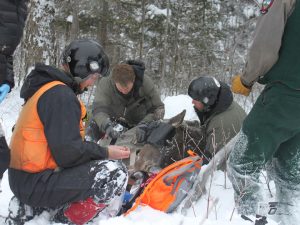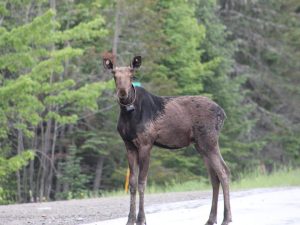The US Geological Survey is offering a funding opportunity to a CESU partner for research in biogeochemistry to evaluate the bioaccessibility of lead and other elements in contaminated soils from variety of environments.
Research Objectives:
1) Evaluate the use of an established in vitro method for lead bioaccessibility (EPA method 1340) for assessing the biogeochemistry of lead and other elements in contaminated soils.
2) Analyze soil samples for lead bioaccessibility from a variety of contaminant sources including battery recycling facilities, shooting ranges, lead paint, and legacy emissions from vehicles that used leaded gasoline prior to 1990. Approximately 150 soil samples (50 samples in three size fractions) will be available for testing.
3) Analyze other elements (Al, As, Bi, Ca, Cd, Cr, Cu, Fe, Pb, Mg, Sb, Sn, and Zn) in extractions from in vitro testing to evaluate discrimination between contaminant sources using element ratios.
4) Collaborate on interpretive reports including data on the bioaccessibility of Pb and other elements in contaminated soils, and similar areas of investigation.
Award Information: It is anticipated that one award will be made with one base year and one renewal year. The total estimated funding for this project is $33,100. Funding in the amount of $22,000 is estimated to be available for Fiscal Year 2024. Additional funding in the amount of $11,100 is estimated to be available for Fiscal Year 2025. Additional funding may be available, based upon satisfactory progress.
Funding Source: Department of the Interior, U.S.G.S.
Deadline: July 15, 2024, 5pm ET
For more information see the posting on Grants.gov




